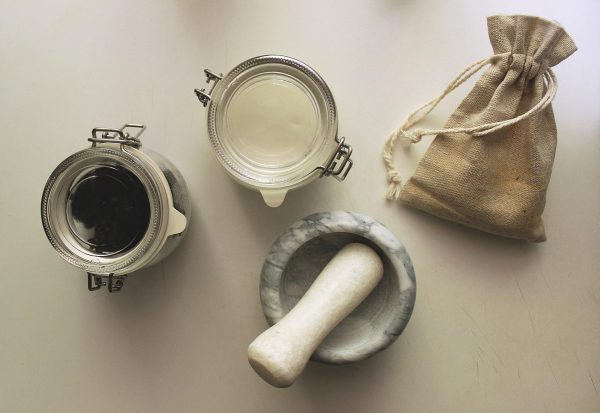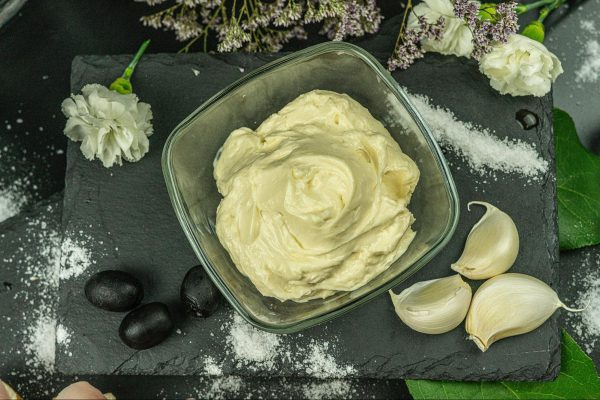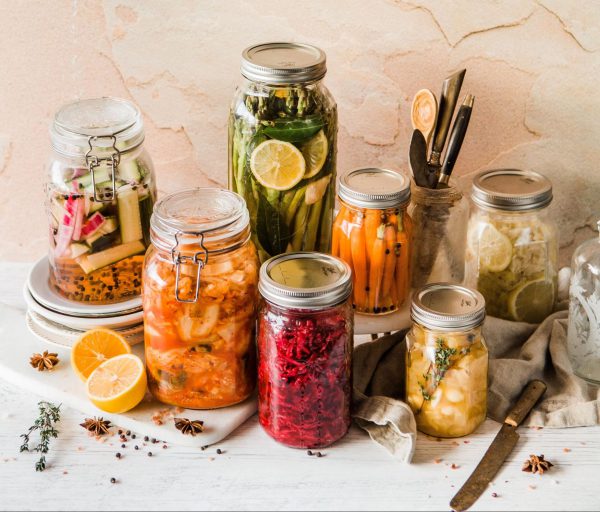Last Updated on May 27, 2022
Food waste is a serious problem. According to this report by UNEP, approximately 1 of every 3 food items is wasted, which is a considerable number, especially considering the scarcity problem in the less advantageous regions in the world. However, it’s something that can be eliminated, or reduced at the very least, if only we would do our fair share. After all, if we’re not a part of the solution, we’re a part of the problem.
Fortunately, if you want to do better at eliminating the food waste in your home, you can, just by planning ahead and making small adjustments. This article will show you some serious tips and tricks that can help you achieve this.
1. Shop With a Plan
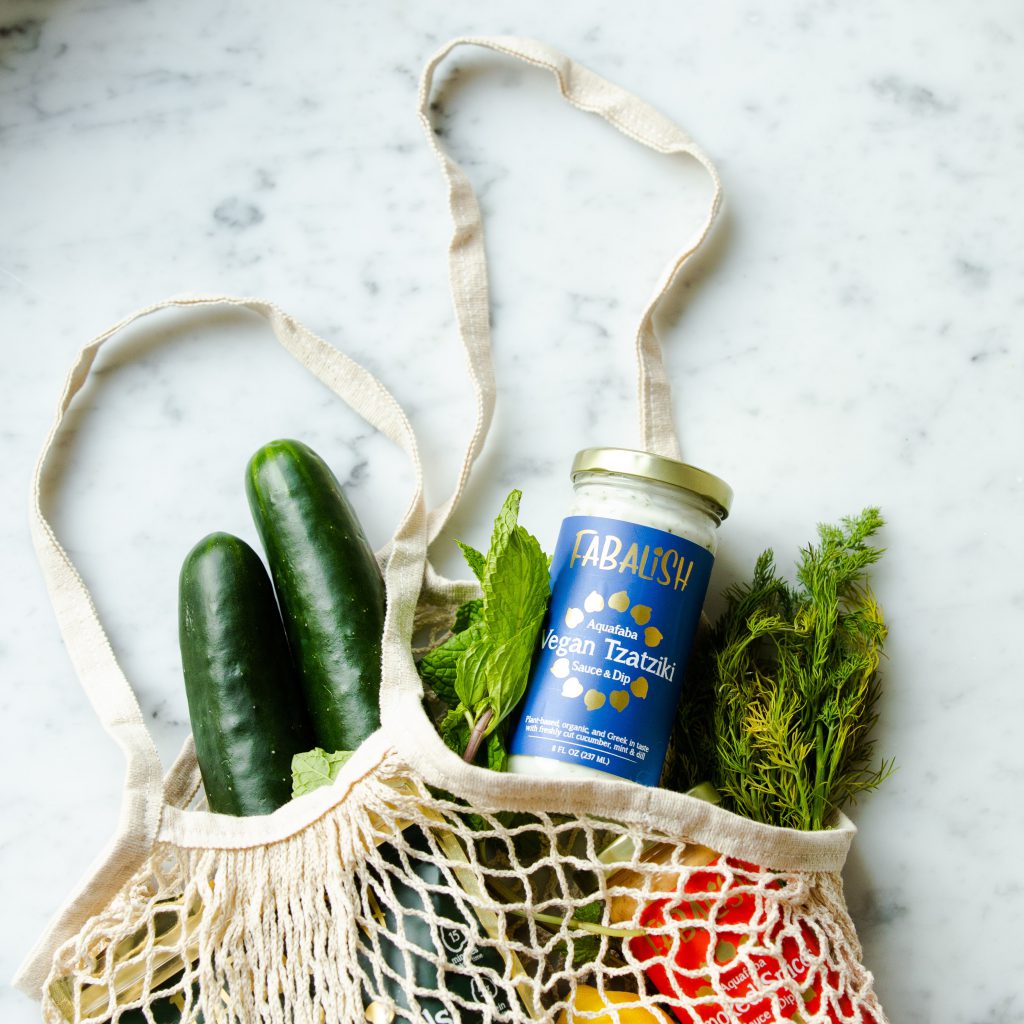
Wasting less starts with buying less. If the food that you don’t need doesn’t enter your fridge at all, you’ve successfully reduced your waste before you’ve even made it.
How do you buy less? By remembering two things: a) you should never go grocery shopping on an empty stomach, and b) you need to plan your weekly menu as much as possible.
Of course, when we say “plan”, we aren’t talking about a plan that’s so strict it’s impossible and we aren’t saying you should decide everything you’re going to eat in advance and stick to it no matter what.
We’re simply saying that you always want to have a grocery list that roughly outlines what you need for a specific week. This should contain staples such as flour, oil, oatmeal, or potatoes, for example, and the rest of your shopping list should be loosely based on what you’re likely to cook that week, especially if these recipes require perishable food items such as fruit or vegetables.
2. Don’t Judge Veggies by Their Look
Oddly shaped or ugly fruits and vegetables are often discarded because they do not meet arbitrary cosmetic standards. The ones that look pretty seem healthier and tastier to the everyday consumer. This is obviously not true.
When you go to a farmer’s market, you’ll see veggies and fruits of all sorts of shapes, and yeah, some of them will look wonky. This doesn’t mean they’re bad, it’s just nature doing its job. Sadly, this is why lots of not-so-pretty ingredients are left out in the markets to rot. However, it still takes a massive amount of time, energy, and resources to bring these items to the market, which all go to waste if they’re passed by.
This is something you might want to keep in mind if you want to be a conscientious shopper. Give them the love they deserve! While you won’t be reducing the waste in your kitchen per se, you can positively impact the food chain.
3. Arrange Your Fridge Right
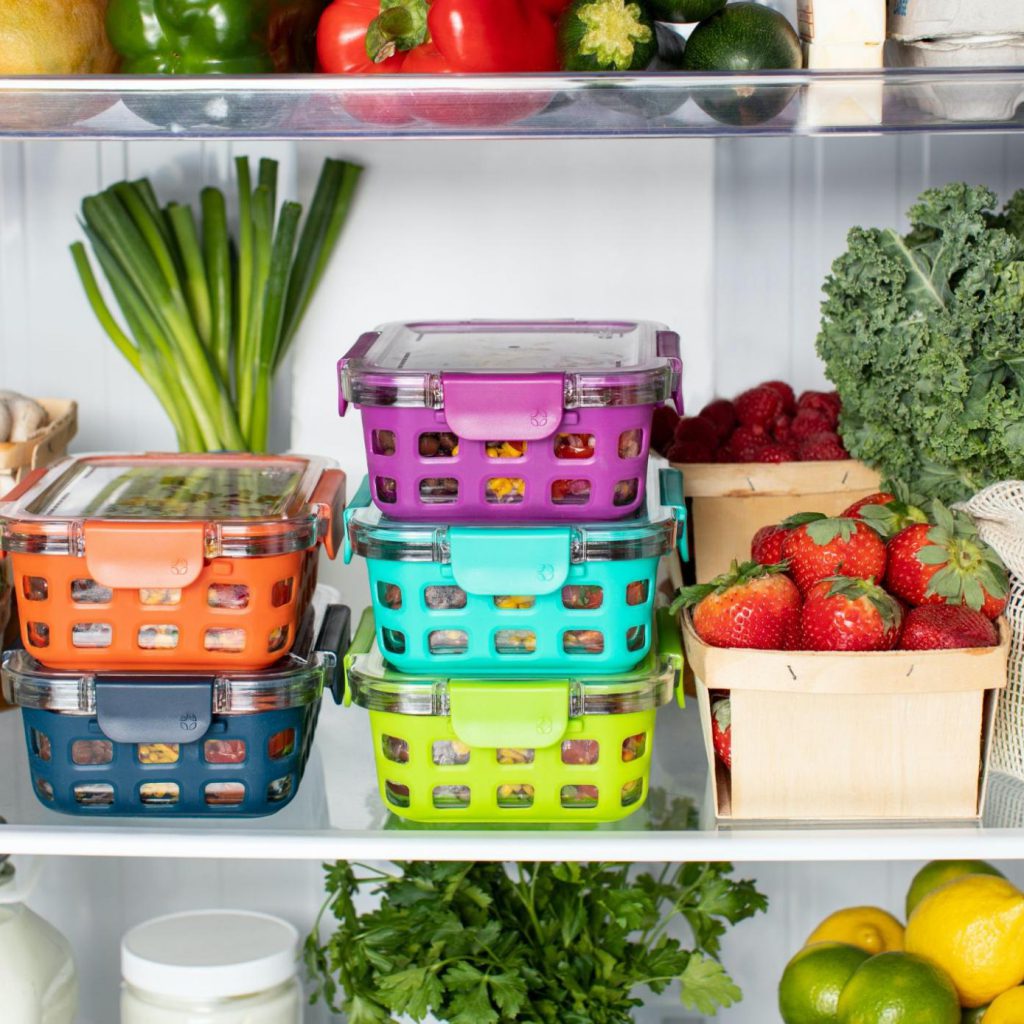
How you stock your refrigerator is of great importance, especially in terms of preserving the freshness of vegetables and fruit.
- The best way to store the most delicate and perishable green leafy vegetables is to wrap them in a kitchen cloth and place them in a container with a lid.
- Some fruits (apples, pears, bananas, etc.) accelerate the decay of green vegetables and cause them to deteriorate quickly due to the ethylene gas they secrete. For this reason, it’s essential not to put greens next to fruit to preserve their freshness.
- Plus, keep in mind that some root vegetables such as potatoes, sweet potatoes, pumpkins, and others such as onions and garlic retain their freshness when stored in a cool, moisture-free dark environment in the refrigerator.
- Plus, keeping your refrigerator tidy allows you to better see the food in it, which means you’re more likely to remember it’s there and not let it spoil. Use the First In First Out (FIFO) method. For example, when you buy a box of strawberries, place the new package behind the old one. This method will encourage you to use older food items first, hopefully before they expire.
4. Love Your Deep Freezer
The easiest way to reduce food waste is to use the products for a longer time, and the easiest way to do that is by taking advantage of your freezer.
Most meals can be put in the freezer. Here are some examples.
- The next time you have some leftover rice or beans, you can put them in the freezer to have a quick meal when you don’t feel like cooking in the future.
- If you have parboiled legumes, washed chopped vegetable roots, and a stock of vegetables that you have already prepared and frozen, it probably won’t take more than ten minutes to make a great soup.
- If you’ve already chopped up a veggie, but you don’t need it whole, the part you don’t need can also go in the freezer. Once you reach a good number of mismatched vegetable parts, you can simply boil them to make a vegetable broth that you can use as a base for a variety of dishes, from rice to stews.
- If you like milk in your coffee, you can freeze milk cubes to use one at a time. This way you don’t have to open a new bottle when you need a little bit of milk.
- If you have some leftover wine, put it in the freezer to use in sauces later on.
- You can freeze sliced bread and toast them when you want. Frozen bread turns into newly made warm bread when toasted if you freeze them fresh.
- You can freeze berries or slices of leftover fruits. If you peel and deseed them before freezing, you can quickly add them to your smoothies or desserts.
Freezing is a great way to control what you consume and when. But avoid refreezing things more than once unless you cook the de-frozen food.
5. Use the Whole Vegetable/Fruit, from Root to End
Use your well-washed vegetables and fruits from their skins to their stems. For example, using parsley, stem-and-all, and carrots without scraping the skins off will also add flavor to your dish.
If you find this unappetizing, there’s an alternative. You can chop or scrape off the undesirable parts of your vegetables to make a vegetable stock, something that lasts pretty much indefinitely in the freezer. You can use onion peel, parsley stalks, vegetable roots, and stems, or spices such as black pepper grain, bay leaf, thyme, and rosemary sprigs.
Additionally, fruit leftovers, such as citrus peels, can be used in a variety of recipes, from salad dressings to desserts. If you have some grated citrus zest in your freezer, you don’t have to waste fresh ones when you just need the zest. You can also dry the fruit peels such as apple or mango to use them to flavor your herbal teas.
6. Ferment Leftover Vegetables
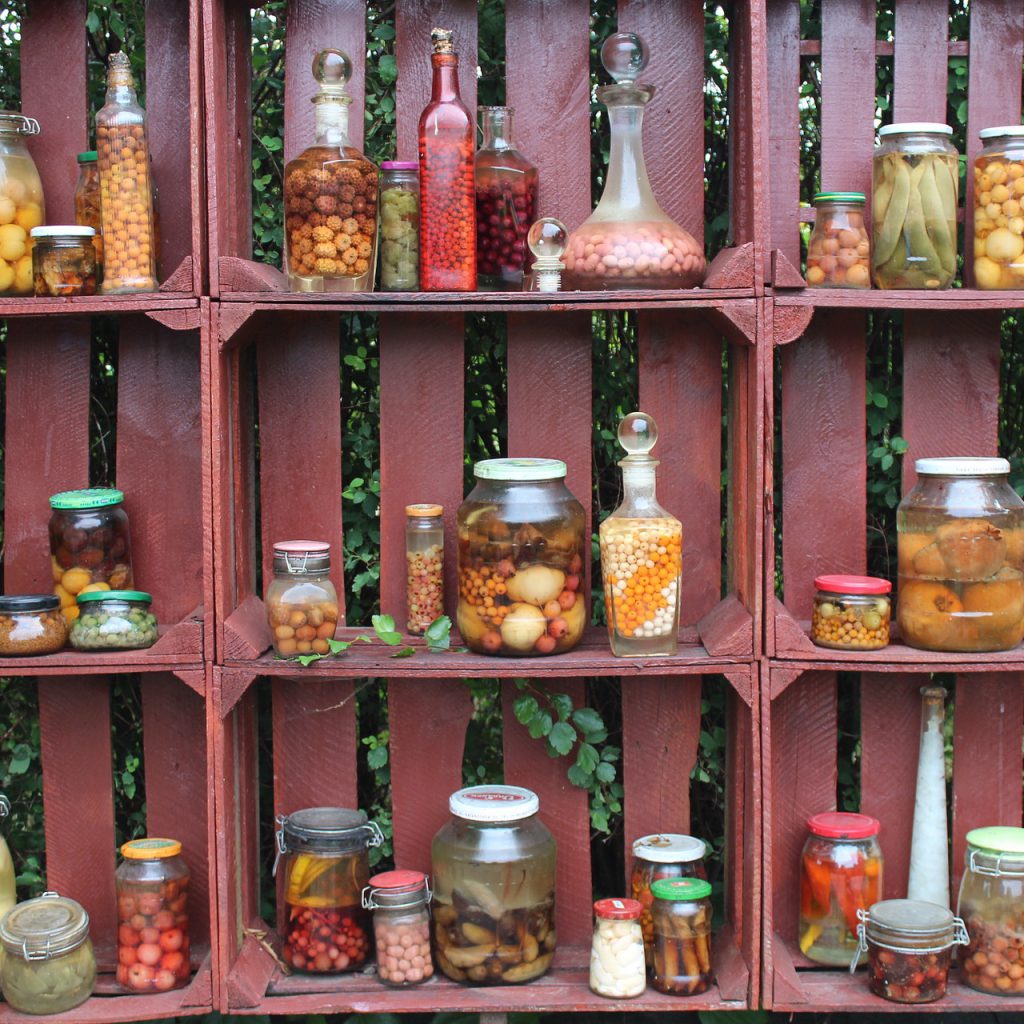
Fermentation is a term that describes the natural decay of organic matter caused by bacteria. In this particular case, it’s a certain kind of friendly bacteria that stops decay and helps us preserve that food for an extended period of time. Fermentation is a technique that has been used for thousands of years by many cultures and traditions. So why not do it at home?
If you have a lot of things in your fridge that you’re positive you won’t use up, you can try pickling them! Here are some ideas:
- Sauerkraut from cabbage, caraway seeds, and salt
- Your version of kimchi from any type of cabbage and spices that you like
- Yogurt and kefir
- Kombucha
- Pickled vegetables, in theory, can be made from almost anything, from tomatoes, cucumbers, and fresh beans, to onion or even watermelon radish.
Then you can store them in jars, and if you seal them properly, they will last for a very long time.
7. Make Jam from Ripe Fruit
Perhaps the most delicious way to use well-ripened fruits is to make jam. Since the natural sugar content of the ripe fruit is high, you just need to add very little sugar and a little acid (such as lemon juice) to a batch of it and boil it until its consistency is thick. Then, cool it at room temperature, put it in a sterilized glass jar, and off it goes in the refrigerator.
Now that fruit that was about to be thrown out can find its place at the corner of your breakfast table!
You can also freeze fruits that you can’t turn into jam, such as bananas, and use them to prepare smoothies.
8. Use That Leftover Bread
Virtually every cuisine has a recipe or two aimed at making use of stale bread. Famous examples are the Italian panzarella and crostini, Lebanese fattuş, or Balkan papara. If these sound too meticulous, you can also make cookies or granola bars from stale oats or grind the flakes to use them as a crispy coating on chicken or fish.
9. Create New Recipes from Leftovers
Sometimes, all you need to use up food items that are soon to expire is a little bit of creativity. Don’t be afraid to experiment and come up with new recipes just based on what you have on hand. Here are some of the things you can make:
- French toast from leftover bread
- Curry chicken from leftover chicken
- Mac and cheese from various scraps of cheese
- Sprout pesto from leftover leafy greens
This will not only help you reduce waste in the kitchen, but it can also make you enjoy yourself more while cooking.
10. Respect the Food
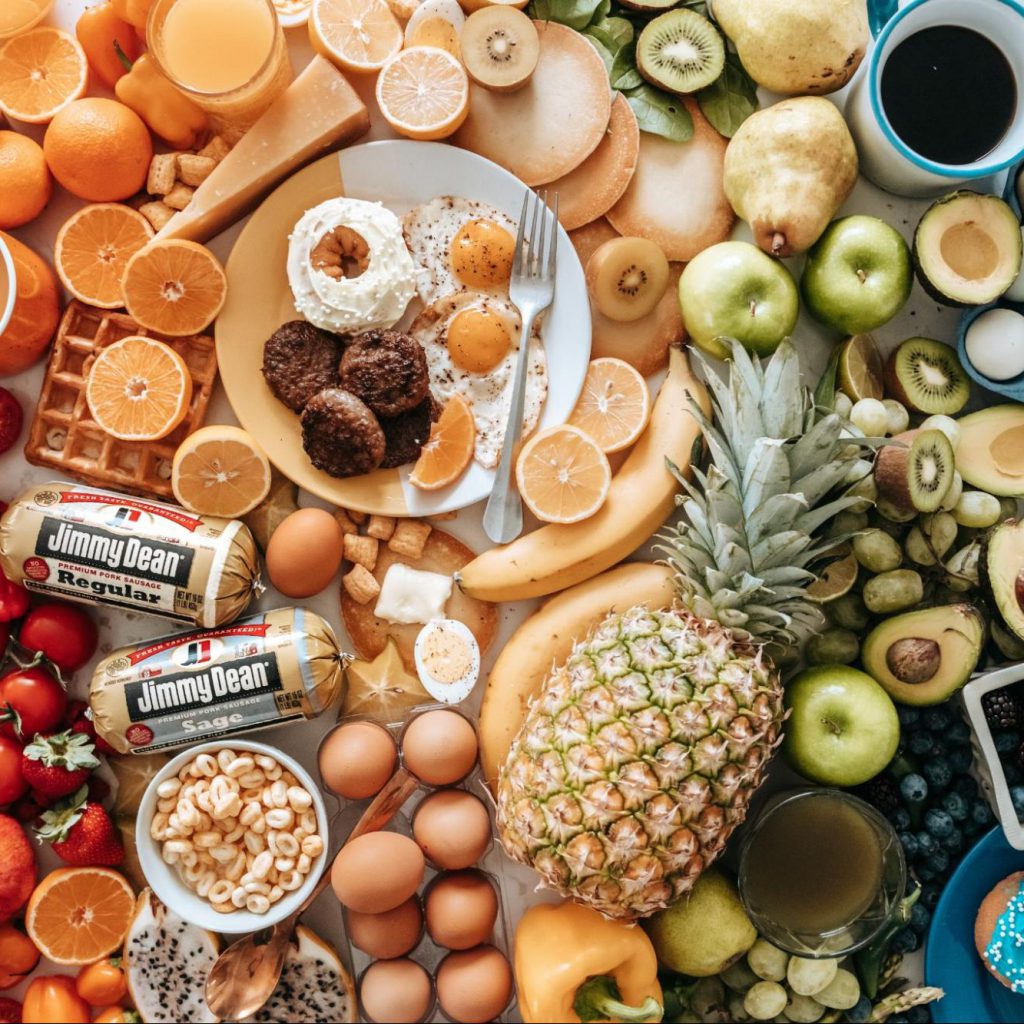
The long production chain in the modern food industry alienates us from the food we consume. Nowadays, it’s easy for us to forget the long journey each food product needs to take before it reaches our table. But, learning about the processes that go into making food can help us stay mindful of the footprint we leave by consuming it.
When you’re getting a product, whether it’s an exotic fruit or a regular seasonal veggie, think about each step in the production and distribution chain it needs to take before it ends up on your plate. Think about the water and the soil allocated to it, the energy it takes to harvest it, whether by hand or by a machine, and the resources required for it to get transported to where it is now.
This way of thinking will make you understand your impact on the environment and will reduce your waste by making you more aware when you’re grocery shopping.
Bonus: Support Local Producers
Finding ways to reduce waste in the kitchen is admirable. But being environmentally conscious when buying, consuming, and handling food is so much more. So we wholeheartedly recommend that you consider supporting local producers with your grocery shopping.
By purchasing local produce, you support family farmers and small businesses in your community. It also helps fight pollution by reducing transportation distances for trucks and other vehicles. You can look for ways to shop from your local producers on the internet, as some offer their products online. Or, you can just consider visiting the farmer’s market instead of a grocery store.
For a Better Future!
Food waste in the world is a much bigger problem than many people imagine. Every year, about a third of the world’s food is thrown away for various reasons. This corresponds to approximately 1.3 billion tons of food.
If you believe that food waste doesn’t affect you, think again. Throwing away your food doesn’t only waste your money, but it also constitutes an environmental problem. Rotting food sent to landfills contributes to the accumulation of methane in the atmosphere, which is the second most common greenhouse gas.
But you can reduce your food waste, and with that, your share in these statistics, just by implementing some of these simple practices while reconnecting with what you eat on a deeper level. For more inspiration, check out Raph Regan’s story on his way to sustainable cooking.




